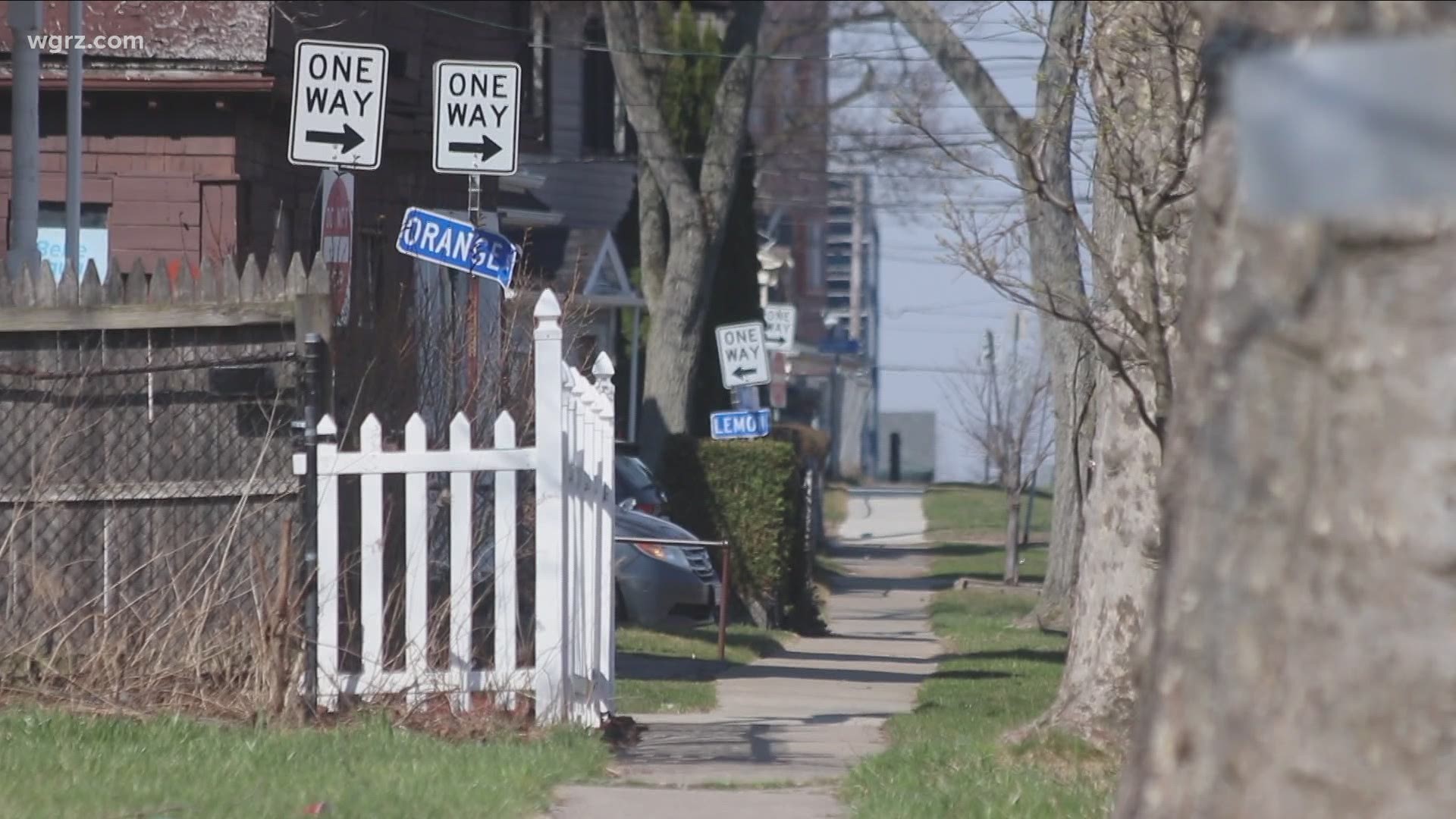BUFFALO, N.Y. — Congressman Brian Higgins has secured a $300,000 grant as part of the National Science Foundation's Project Overcome program. The grant will be used to bring together a research team from the University at Buffalo and Mission: Ignite to provide wireless broadband service to the Fruit Belt in Buffalo.
"We're going to build this infrastructure and create a private LTE network that can be used to provide Internet connectivity," said Filippo Malandra, assistant professor of research at the University at Buffalo.
Back in January 2020, the federal communications commission opened up 150Mhz of space on the 3.5Ghz band of spectrum. That’s super technical, but what it means is the government is providing unlicensed space on the spectrum to allow for projects like this without needing a license--this ultimately benefits the community because researchers can test projects like the one in the Fruit Belt neighborhood.
"We've initially targeted the 150 households," said Nick Mastronarde, also an associate professor at UB. "We believe that we'll be able to hit between 25 megabits per second downlink and three megabits per second uplink."
Mastronarde went on to say that they believe those speeds could increase to 50Mbps down and 5Mbps up as their research continues and they analyze how people are utilizing the network.
The goal is to deploy this service within three to six months and it would be free to the community.
A small tower needs to be erected atop Buffalo General Hospital. Antennas will be connected to the tower, which will broadcast the free broadband LTE signal.
"Then within the home, they'll be using Wi-Fi to connect to the network and the network connects them back to the internet," Mastronarde said.
The research duo says that they could deploy this technology across more neighborhoods in Buffalo as soon as they fine tune the research and technology.
But this technology would not provide high-speed broadband citywide, at least right now. Research like what is being done by UB will push the technology further.
One instance of this technology in Ohio could reliably deliver 100Mbps service over a six-mile distance. Based on multiple use cases this particular system would be designated for small neighborhoods, possibly first responders or municipal uses.
2 On Your Side wanted to know what the end goal of this project would be as the team begins to lay the groundwork for deployment.
"The end goal is to be able to effectively use this spectrum to provide a good level of connectivity to customers. We want to test to what extent we're able to provide this quality of service to users, and we will be testing the performance of the network at network level and at the user level," Malandra said. "So of course, this is a pilot, we will be discovering stuff on the way."

